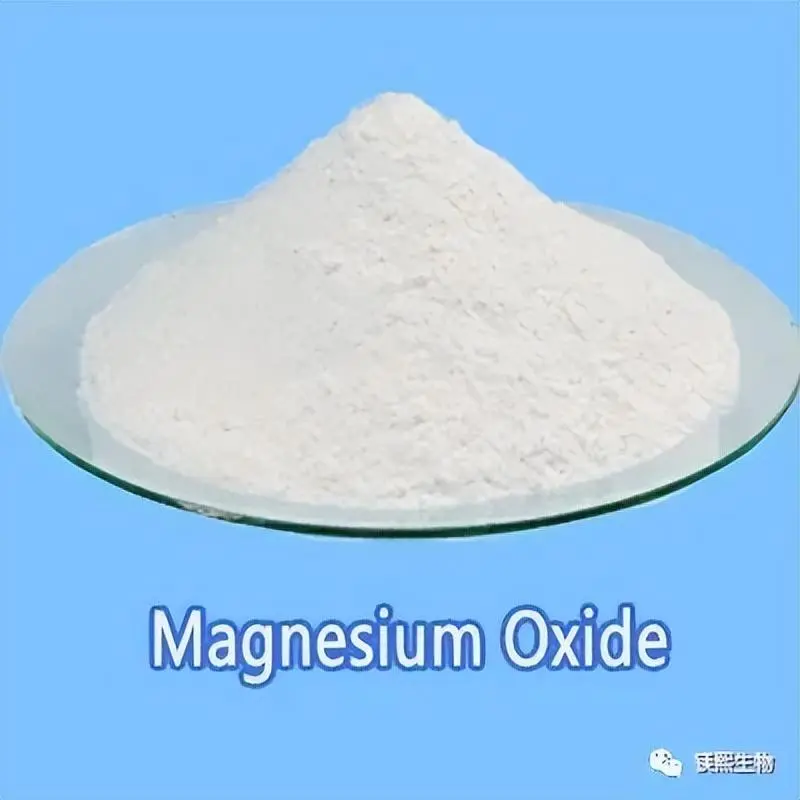At present, the cobalt product of cobalt salt plants is crude cobalt carbonate, which is precipitated with sodium carbonate, and the liquid is directly discharged after precipitation. The defect of this process is that there is a large amount of sodium sulfate in the discharged waste liquid. The wastewater containing sodium sulfate is not easy to treat, and direct discharge will cause certain environmental pollution and have an adverse effect on water quality. In the dry season, white crystalline sodium sulfate will appear from the wastewater discharge outlet and the downstream riverbed, which is easy to attract attention. At present, the environmental protection policies of the Democratic Republic of the Congo are gradually standardized, and the law enforcement is gradually strict. Some companies have adopted the process of cobalt precipitation with activated magnesium oxide to produce cobalt hydroxide, changing the past cobalt carbonate product plan to reduce environmental pollution. Therefore, it is necessary for cobalt salt plants to improve the process and reduce waste liquid discharge.

The cobalt salt plant has conducted a small test on this. The results show that the amount of activated magnesium oxide cobalt precipitation is about half of that of sodium carbonate, and the price of suitable activated magnesium oxide is about twice that of sodium carbonate. Therefore, the cost of auxiliary materials consumed in the step of cobalt precipitation is close, but some logistics and warehousing costs can be saved. The cobalt content of the cobalt hydroxide produced is about 2 percentage points lower than that of the cobalt carbonate, which is a more environmentally friendly solution for producing crude cobalt products. At the same time, the magnesium sulfate waste liquid produced by cobalt precipitation is easier to handle.
The active magnesium oxide independently developed and produced by Hebei Messi Biology Co., Ltd. uses hydromagnesite, a unique mineral in Tibet, as its raw material. Its particles are fine, and the ratio of surface atoms to bulk atoms is large. Due to the presence of a large number of surface atoms and surface defects, the diffusion rate of surface atoms is very high, thus having extremely high chemical activity and physical adsorption capacity, which is very suitable for the production process of nickel and cobalt precipitation.
